
Medical workers receive patients arriving by ambulance at Tong Ren Hospital of Shanghai on Monday. The hospital received more than 100 ambulance visits on Sunday, a record high. (Photo by Xu Cheng/For China Daily)
Ruan Sheng, an ambulance driver at the South Branch Center of Shanghai Medical Emergency Center, has run an average of 20 trips each day for the last week with his teammates, Doctor Li Zhu and Wang Xiaodong, a paramedic.
They work around 20 hours a day and wolf down meals, mostly bread and biscuits, in between trips, to ensure they meet the urgent medical needs of patients, which have spiked over the past week amid the ongoing national upsurge in infections.
"They don't have a fixed off-duty time. They often rest for three or four hours before they have to run the service again," Chen Yijie, director of the emergency center where Ruan works, told news portal ThePaper.cn. "There has been a rise in incoming calls for emergency service, mostly from elderly patients with fever and existing health conditions."
Over the past week, Shanghai, which has 1,251 ambulances and 4,046 paramedics at its municipal emergency center and nine suburban subcenters, has registered a steady daily increase in calls to its medical emergency hotline 120, according to the city's health commission.
On Dec 23, the hotline received 51,852 calls, resulting in 5,101 ambulance trips, an increase of 33.5 percent on the previous week, said the commission.
Chen, who has worked from 7 am to 10 pm over the past week, said that each of her colleagues has been working overtime without complaining.
Ruan, 36, is a Party member and has experience fighting the epidemic in Wuhan, Hubei province in 2020 when he helped transfer patients with severe COVID-19 for 42 days.
"As a first-aid worker, we understand that time is life," Ruan said.
To satisfy the growing need for pre-hospital emergency services, the city has sent 191 doctors and 45 anesthesiologists from its major tertiary hospitals to support the municipal emergency center, and 56 doctors from district-affiliated hospitals to support the suburban emergency centers, according to the city's health commission.
The emergency center has also called on public support, and by Sunday more than 80 volunteers, including bus drivers and teachers, had signed up.
"We are training the volunteers to familiarize them with the vehicle's performance and method of driving, and to master the use of first-aid equipment," Chen said.
All hospitals across the city have increased services for emergency departments by adding more medical staff, expanding the venues and taking other measures such as increasing the number of stretcher beds and accelerating patient diversion to prioritize emergency patients, the commission said.
Sun Jianyue, vice-president of Putuo District Central Hospital, told China Daily that the hospital has gone all out to ensure the smooth operation of its emergency care, which has been experiencing mounting pressure from a surge of patients over the past two weeks.
The hospital's fever clinic, which receives 60 to 100 patients on normal days, has experienced a nearly 10-fold increase in patients over the past week, Sun said.
"The increase is partly because we're now entering the high season when the elderly with existing health conditions experience resurgences," Sun said. "The ongoing COVID-19 outbreak has only exacerbated the situation."
The hospital is also short of staff, since a number also have COVID-19.
Sun said the worst has passed as more of her colleagues are recovering from COVID-19 and returning to work.
To alleviate pressure on the city's major hospitals, Shanghai has also put 2,594 fever clinics into operation in community health service centers and village clinics.








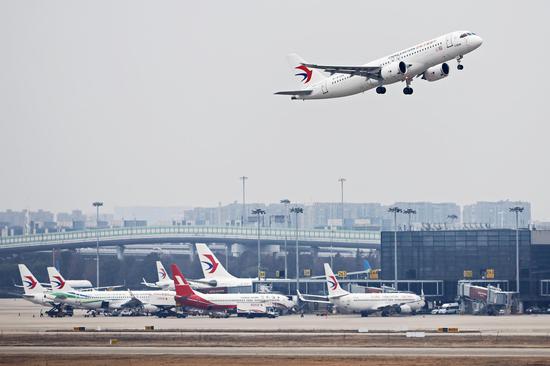


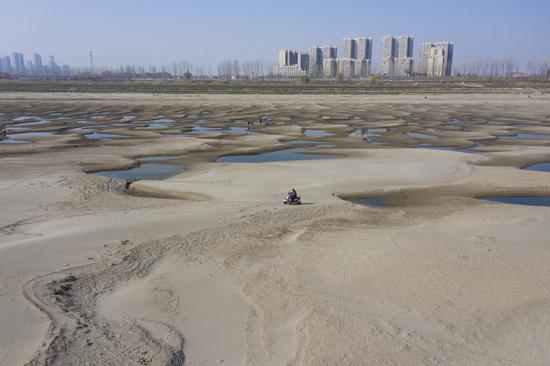
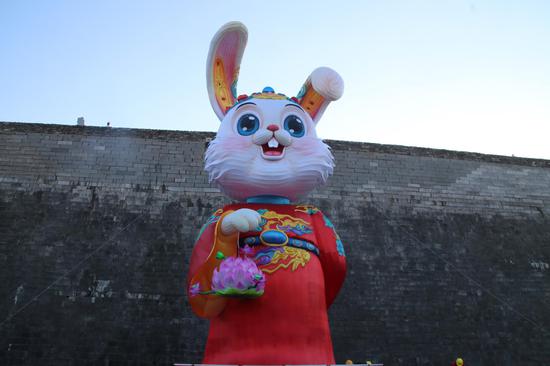

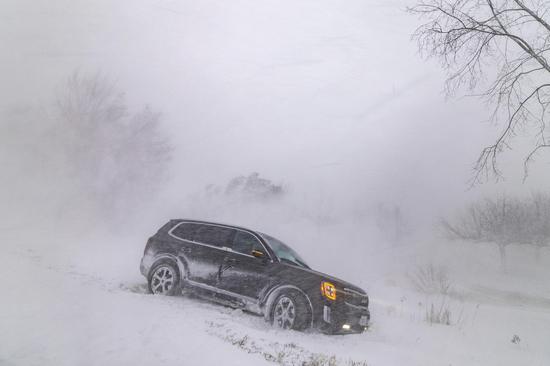


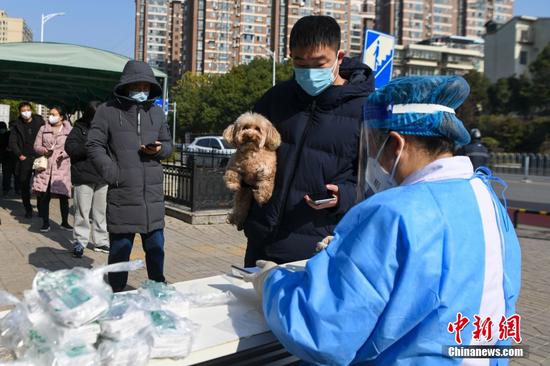

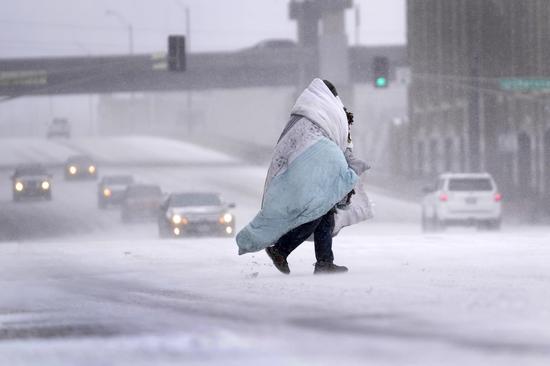







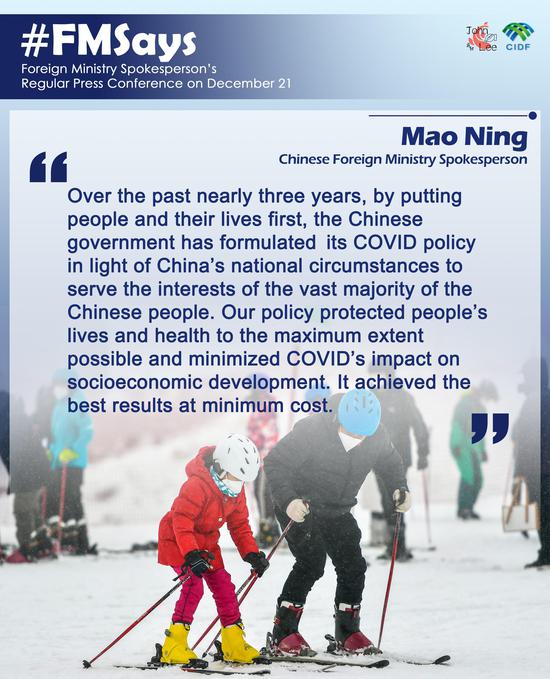

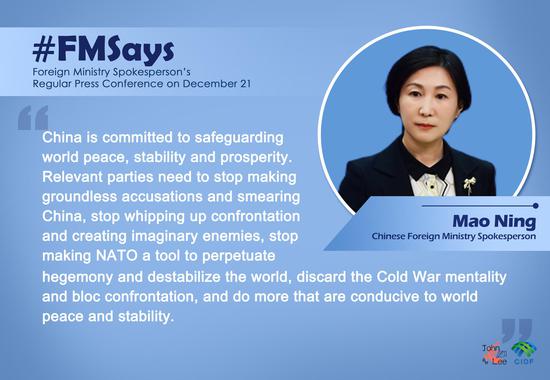






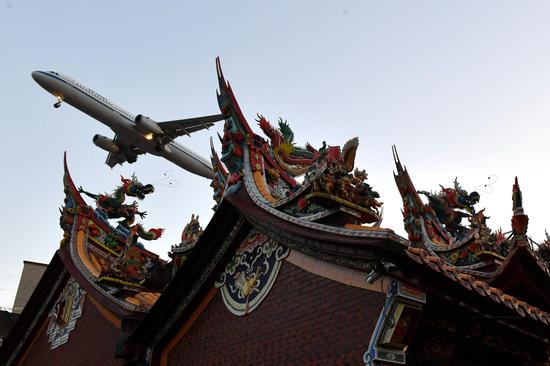

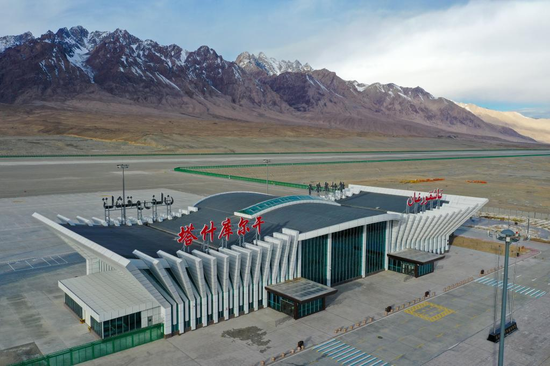


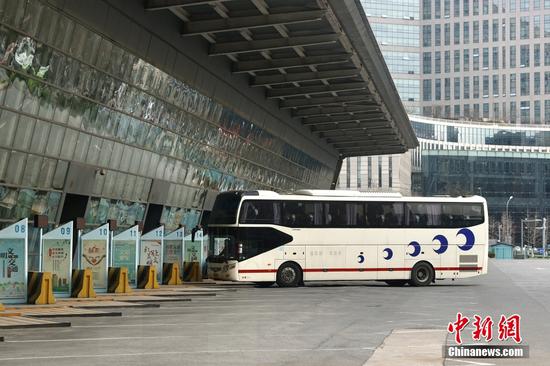




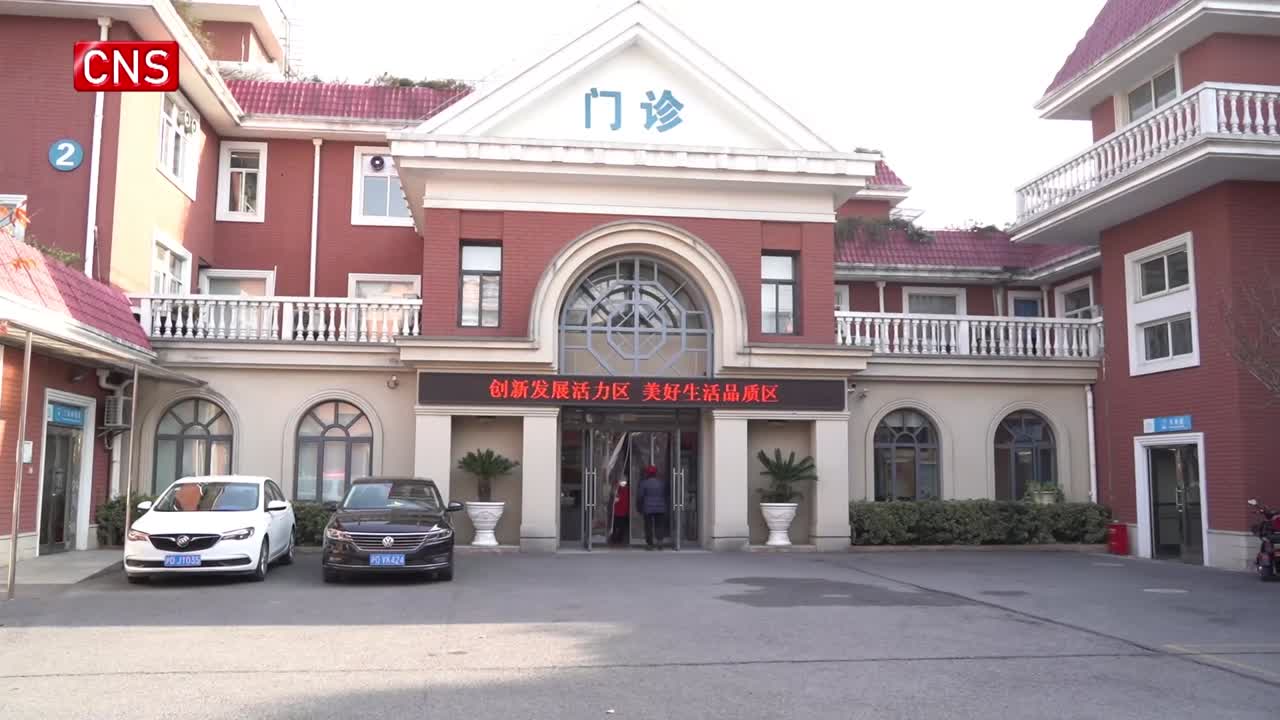

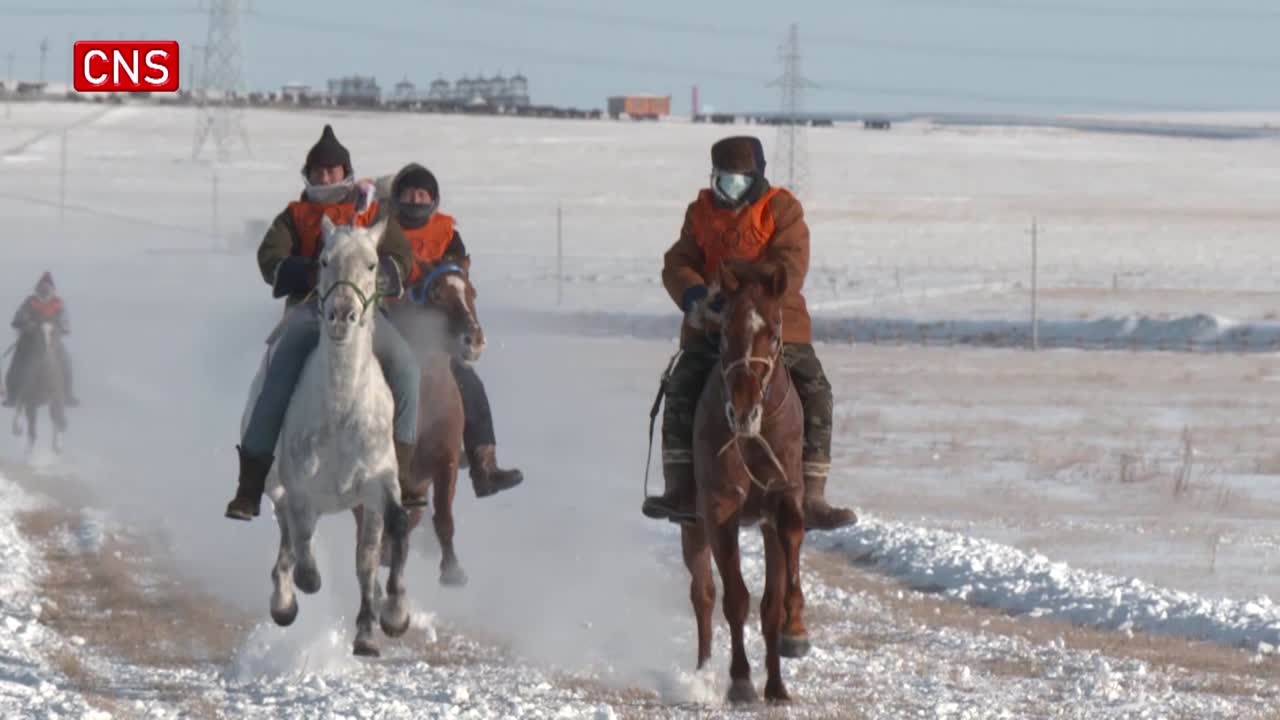

 京公网安备 11010202009201号
京公网安备 11010202009201号